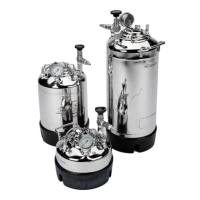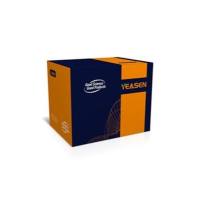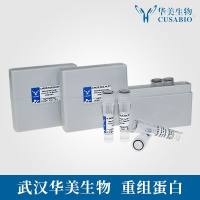Delineation of Sequences Essential for Specific Promoter Activation During Pressure Overloaded Hypertrophy or Factor-Induced Hypertrophy
互联网
互联网
相关产品推荐

Pressure vessel replacement parts kit (pressure gauge, safety relief valve, and all necessary connections) (1/pkg)
询价

AAT-promoter-Luc荧光素酶报告基因质粒(AAT-promoter luciferase reporter plasmid)
¥3385

Recombinant-Human-G-protein-coupled-receptor-family-C-group-5-member-BGPRC5BG-protein coupled receptor family C group 5 member B Alternative name(s): A-69G12.1 Retinoic acid-induced gene 2 protein; RAIG-2
¥12110

Coagulation Factor II/F2 兔单抗
¥2299

ERV1/ERV1蛋白Recombinant Saccharomyces cerevisiae Mitochondrial FAD-linked sulfhydryl oxidase ERV1 (ERV1)重组蛋白(14 kDa regulatory protein)(Essential for respiration and vegetative growth protein 1)蛋白
¥1836
相关问答

